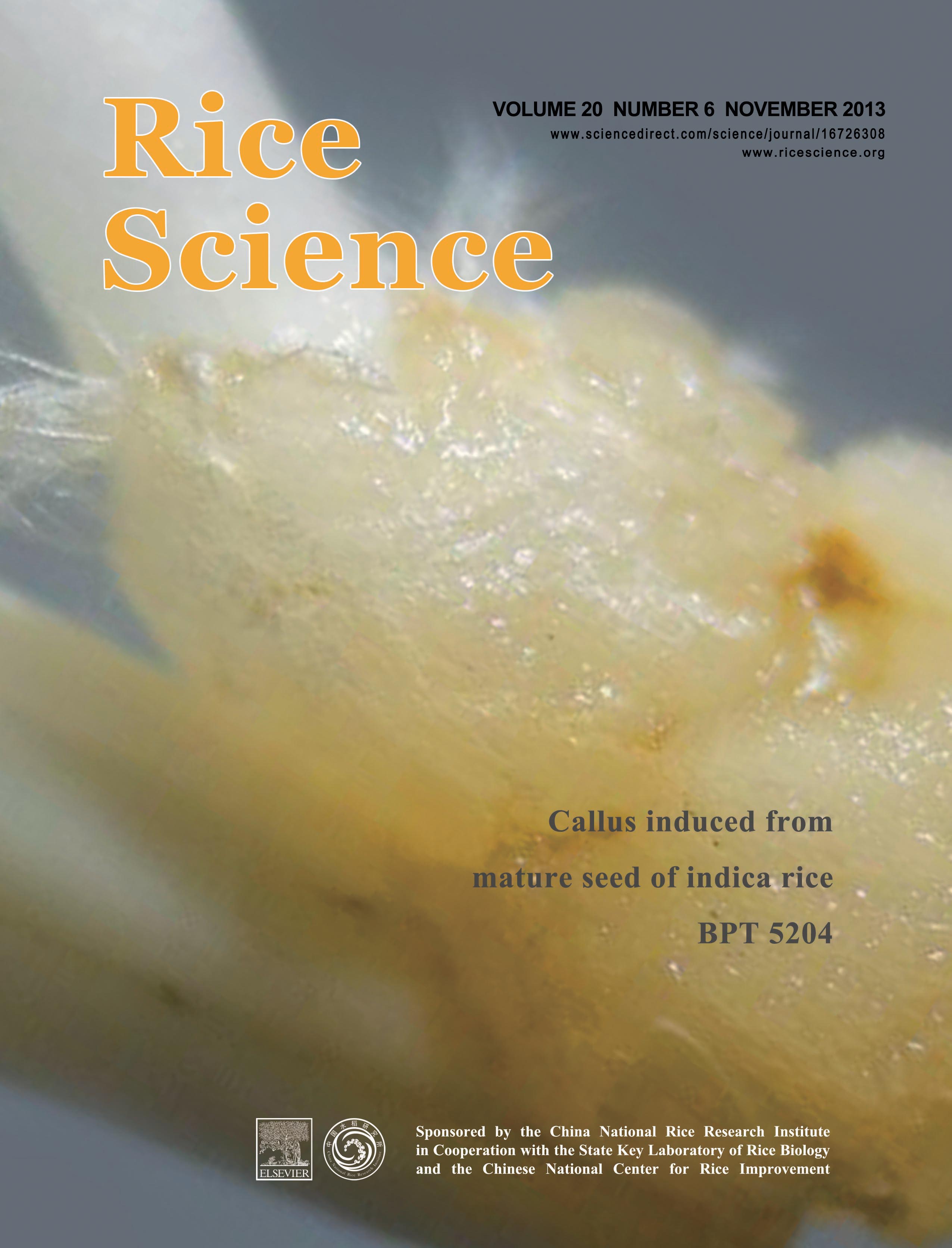Grain size traits, including grain length, grain width and grain thickness, are controlled by quantitative trait loci (QTLs). Many QTLs relating to rice grain size traits had been reported, but their control mechanisms have not yet been elucidated. A recombinant inbred line (RIL) population of 240 lines, deriving from a cross between TD70, an extra-large grain size japonica line with 80 g of 1000-grain weight, and Kasalath, a small grain size indica variety, were constructed and used to map grain size QTLs to a linkage map by using 141 SSR markers in 2010 and 2011. Five QTLs for grain length, six for grain width and seven for grain thickness were detected distributing over chromosomes 2, 3, 5, 7, 9 and 12. Seven QTLs, namely qGL3.1, qGW2, qGW2.2, qGW5.1, qGW5.2, qGT2.3 and qGT3.1, were detected in either of the two years and explained for 56.19%, 4.42%, 29.41%, 10.37%, 7.61%, 21.19% and 17.06% of the observed phenotypic variances on average, respectively. The marker interval RM1347–RM5699 on chromosome 2 was found common for grain length, grain width and grain thickness; qGL3.1 and qGT3.1 were mapped to the same interval RM6080–RM6832 on chromosome 3. All 18 QTL alleles were derived from the large grain parent TD70. Most of the QTLs mapped in the present study were found the same as the genes previously cloned (GW2, GS3 or qGL3, GW5 and GS5), and several were the same as the QTLs (GS7 and qGL-7) previously mapped. Three QTLs, qGL2.2 on chromosome 2, qGW9 and qGT9 on chromosome 9, were first detected. These results laid a foundation for further fine mapping or cloning of these QTLs.

